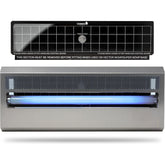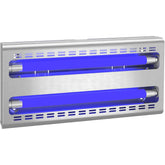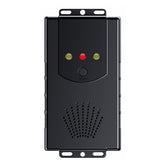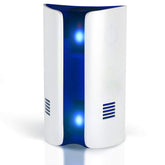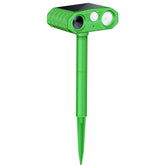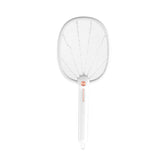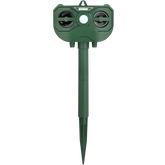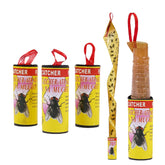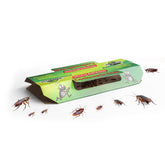
Marten infestation: damage to the attic
Martens are extremely shy and nocturnal animals that are particularly visible when most people are already asleep. Hardly any marten can be caught red-handed when it tampers with the cables or insulation under your roof. You often only notice much too late that a marten or even an entire family of martens and their offspring have nested in your home. Then it may be too late and some costly damage may have already occurred. A marten deterrent installed subsequently in the house, ideally in the attic, will drive the pests away quickly, but the resulting damage must still be repaired.
The most common marten damage under the roof includes:
Contamination from feces and urine: Marten feces and urine penetrate the building structure and can cause unpleasant odors and health problems.
Eaten cables and wires: Marten bites in cables can cause short circuits, power outages and even fires.
Destruction of thermal insulation: Eroded insulation in attics, false ceilings and walls can lead to heat loss and higher energy costs.
Building nests in inaccessible areas: A marden nest in blocked areas of the attic or in the false ceiling leads to odors that are difficult to remove and noise pollution.
Damage to gutters and downpipes: Martens can bend, clog or tear off gutters and downpipes when climbing up them. The result is water congestion and damage to the facade.
Damage to roof tiles and roofing felt: Holed roofing felt and displaced roof tiles can promote moisture penetration and water damage under the roof structure.
Defective solar systems: Solar systems on the roof can be damaged by martens biting through the cables.
Martens like to nest in attics and become a problem for many house residents.
Detect marten infestation in the attic
The early detection of marten infestation in the attic is important in order to be able to act in a timely manner and to keep possible damage as low as possible. There are clear signs of infestation that homeowners should definitely pay attention to. A clear indication is nocturnal noise caused by the martens frolicking and scratching. Especially in summer, when the young animals begin to explore their surroundings, there is increased rumbling and stomping noises under the roof.
If you take a look at an infested attic, you will often find scratch marks on walls, beams, floors or roof insulation, as well as gnawing marks on building structure or other objects.
Marten feces and urine have a very intense and unpleasant smell and are usually perceived directly. Anyone who discovers traces of feces should take a closer look at them. Based on some characteristics, it is easy to see whether they come from martens.
Paw prints in dust, dirt or on other surfaces not only provide information about the presence of a marten, but may also reveal the animal's paths and entry points. But be careful! The prints are often confused with those of cats. Both are similar in size, but martens have five toes on their front paws, while cats only have four.
As soon as such signs are discovered, it is advisable to take immediate measures to combat the marten infestation and stop the damage to the attic from spreading.
Tags:


